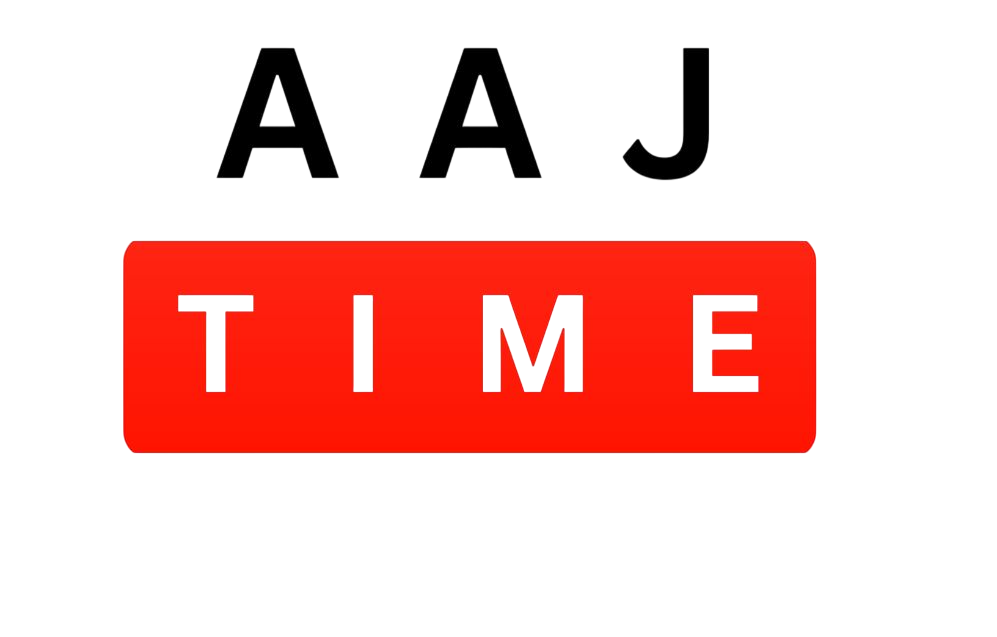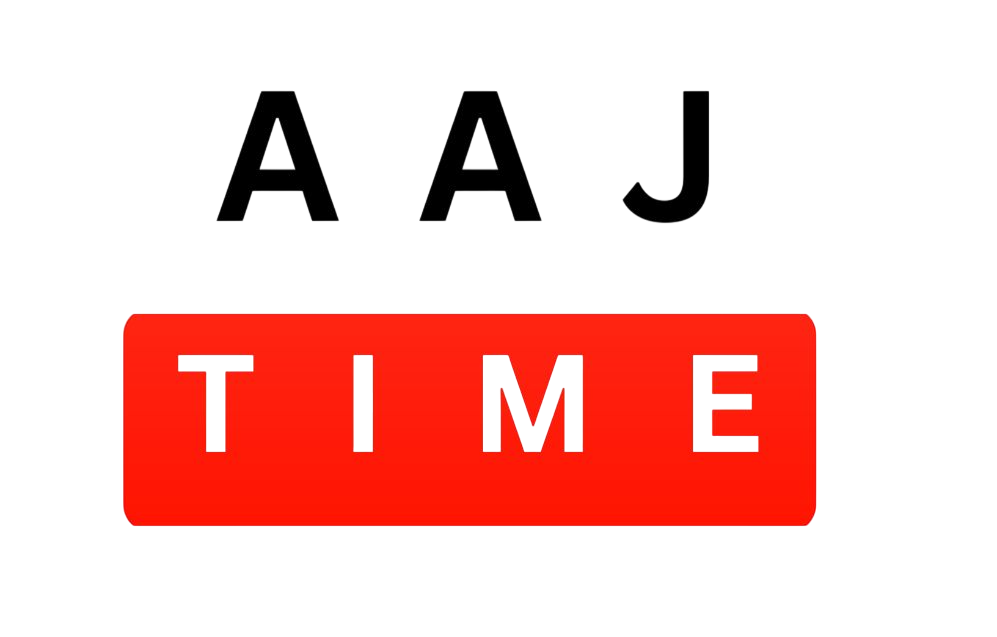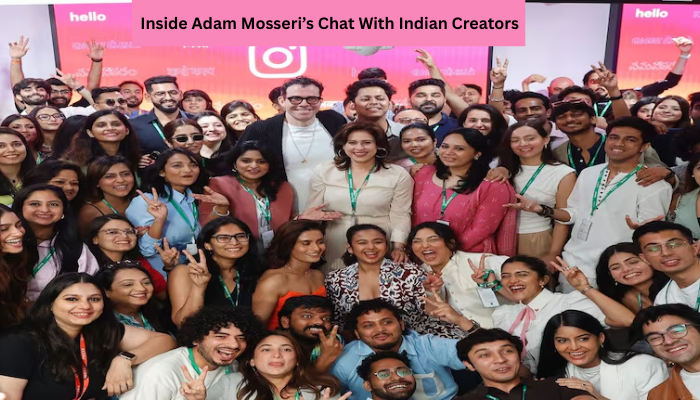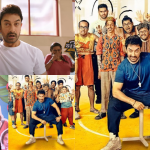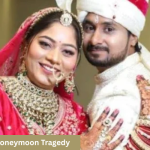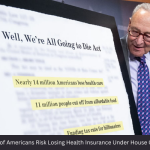On a warm Friday morning, over 120 content creators gathered from 15 cities across India in Meta’s Mumbai office. The energy in the room was palpable as everyone awaited the very special guest in town–Adam Mosseri, Head of Instagram, on a short but effective tour of India.
Popular for his weekly Ask Me Anything series on Instagram, Mosseri indeed hosted one live AMA with creators present, a rare occasion. The discussion covered everything from growth strategies and community engagement to the future of search on Instagram and creator tools like the new “Edits” app. However, the most pressing topic on everyone’s mind was monetization.
“Why Isn’t Instagram Paying Us?”
This blunt but crucial question quickly echoed throughout the room. One creator voiced it aloud: “Why is Instagram not paying us?” Instantly, others joined in, agreeing in unison—this concern was shared by all.
Unlike YouTube, which does share ad revenue with creators, Instagram has not yet developed a similar system for revenue sharing. At the moment Adam Mosseri, creators on Instagram monetize their time through brand partnerships, use fan support features such as subscriptions, badges, and gifts, and/or take part in test bonus programs available in certain countries, including the United States, Japan, and South Korea.
These bonus programs reward creators based on Reel plays or photo views within a defined bonus period. While they are a step forward, they are still not widely available or sustainable long-term.
Mosseri acknowledged the concern and explained that monetization on a platform like Instagram must meet three key conditions:
- Financial Sustainability: Instagram cannot lose money in the process.
- Respectable Payouts: The payments must be significant enough to be meaningful.
- Transparent Eligibility: The program should have clear requirements, avoiding randomness in participation.
According to Adam Mosseri, none of these criteria have been fully achieved yet. “What we’ve found is that when we pay creators, they do create more content—but just slightly more. And unfortunately, that extra content tends to be less engaging than their earlier posts,” he noted.
Adam Mosseri admitted that while these programs bring in some revenue, the cost far outweighs the gain. “Every dollar we pay out, we lose the majority of it. Scaling such a model for 50 to 100 million creators would mean burning billions of dollars. I don’t even need to make money from it—I just need to break even. And ideally, not write embarrassing cheques.”
This is particularly difficult because the Instagram ecosystem is heavily oriented toward short-form video content, and short videos, more than any other type of content, are infamously hard to monetize through ads. The other half of the story or counterargument is that it is shutting down IGTV in 2022, signaling that short videos are the focus now. Mosseri noted that long-form content could “undermine” Instagram’s identity, which is really about connecting people with their friends.
Despite the challenges, Mosseri assured creators that Instagram hasn’t given up. “We’re still running active tests. It’s improving, but most of the money we’re putting into it is still being lost—not even accounting for the engineering costs,” he added. “If we can make it work, we’ll scale it to billions of dollars a year.”
Why India Matters?
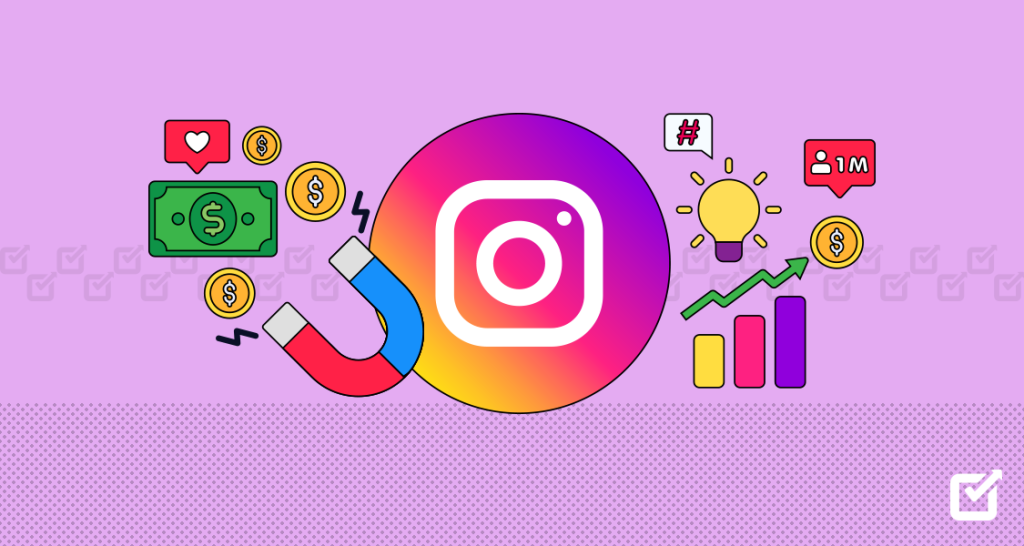
India represents Instagram’s largest user base, and it is more than 400 million users. With a large and fast-growing creative ecosystem, it serves as an important ground for testing innovations on the platform. Adam Mosseri trip and this creator meeting highlight Instagram’s recognition of India’s importance.
On Instagram’s Evolving Search Capabilities
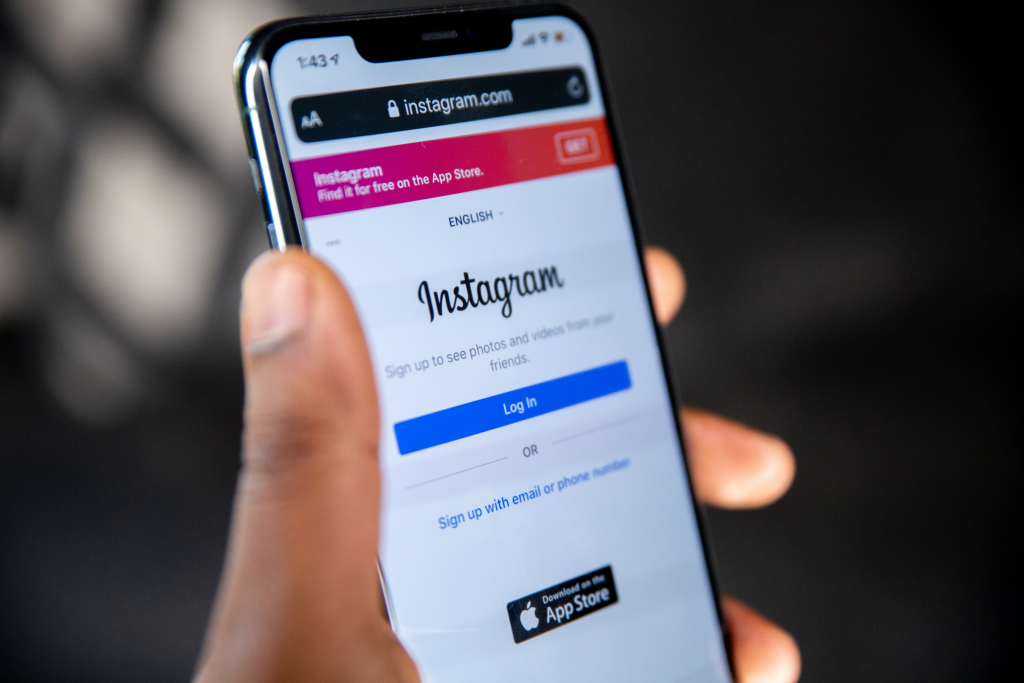
Another key topic discussed was Instagram’s ambition to become a more dynamic and effective search engine—especially for culture, trends, and niche interests.
“I don’t think our search is very good,” Adam Mosseri admitted. Sarah Azoulay elaborated, “We need to improve it, so if you are interesting in anything, you can land on it easily. That’s one of our priorities for the next year or two.”
Better searching would mean that creators can be discovered more easily and that users will be able to find the content that matters to them: an important feature, if Instagram is to become culturally relevant alongside TikTok and, dare we say, Google.
How to Grow and Stay Relevant?
On the question of expanding follower bases, Adam Mosseri offered a strategic approach: “Ask yourself, what is your goal with your Instagram presence? Are you aiming for brand deals? Selling a product? Raising awareness for a cause? Once you define that, experiment with content that supports both your mission and resonates with your audience.”
He emphasized that growth metrics like followers or reach should be seen as tools—not end goals. Creators should be ready to adapt constantly, as audience preferences can shift rapidly.
Adam Mosseri even shared a personal story, revealing that he too struggled with audience retention. “About a year ago, I saw that my follower count was going down more than that it was going up. I had to rethink strategy because what worked previously was no longer working.”
Rather than just focusing on follower count, he advised creators to measure more meaningful things like reach per day and engagement ratios, such as likes or shares per reach. He considers these as truly indicate the health of content and the degree of resonance.
Balancing Business and Culture
The session concluded with a lighthearted moment when some creators invited Mosseri to join them in dance Reels. He laughed, saying he had already done two or three during his trip and joked, “I have the weirdest job in the world—one minute I’m in a policy meeting, and the next, I’m dancing.”
But beneath the humor was a real insight: the balance between business and creator culture is fragile, and Instagram is trying to navigate it carefully.
While monetization remains a concern, and the search for the right formula continues, one thing is clear—Instagram sees creators as central to its future. And for Indian creators, the fact that Instagram’s head made time for such direct dialogue is both encouraging and empowering.
Also Read : Karachi Stock Exchange Rebounds After Sharp Fall Amid India
Frequently Asked Question
Q1. Why has Instagram not started directly paying Indian artists as YouTube does?
A: Currently, Instagram does not have an ad-revenue-sharing program like YouTube. It has monetization through brand collaborations, brand subscriptions, badges, and occasional bonus programs in limited countries. According to Adam Mosseri, Instagram has not come up yet with the financial model that supports both the creators and the platform themselves.
Q2. Is Instagram trying out monetisation programmes?
A: Yes, Instagram has been running the bonus-based monetisation programmes in the US, Japan, and South Korea whereby creators are remunerated based on the number of Reels played or photo views accrued in a given period.
Q3. Will Instagram launch monetisation programs in India?
A:While there’s no formal launch date, Adam Mosseri did confirm that testing is active right now. They can then start scaling the program across the world, including India, once there is a break-even monetisation model.
Q4. What are the problems Instagram would be facing with creator payments?
A: Mosseri elaborated on three challenges:
- Instagram should lose no money.
- Payments should be meaningful, not insulting.
- Clear and consistent eligibility criteria.
With current test models, payments made by Instagram to creators cost the platform more money than it earns in return.
Q5. Why is monetisation harder for short-form content?
A: Because short-form videos have fewer spaces for ads and shorter attention spans than long-form YouTube content, they make it more difficult to monetise via advertisement.
